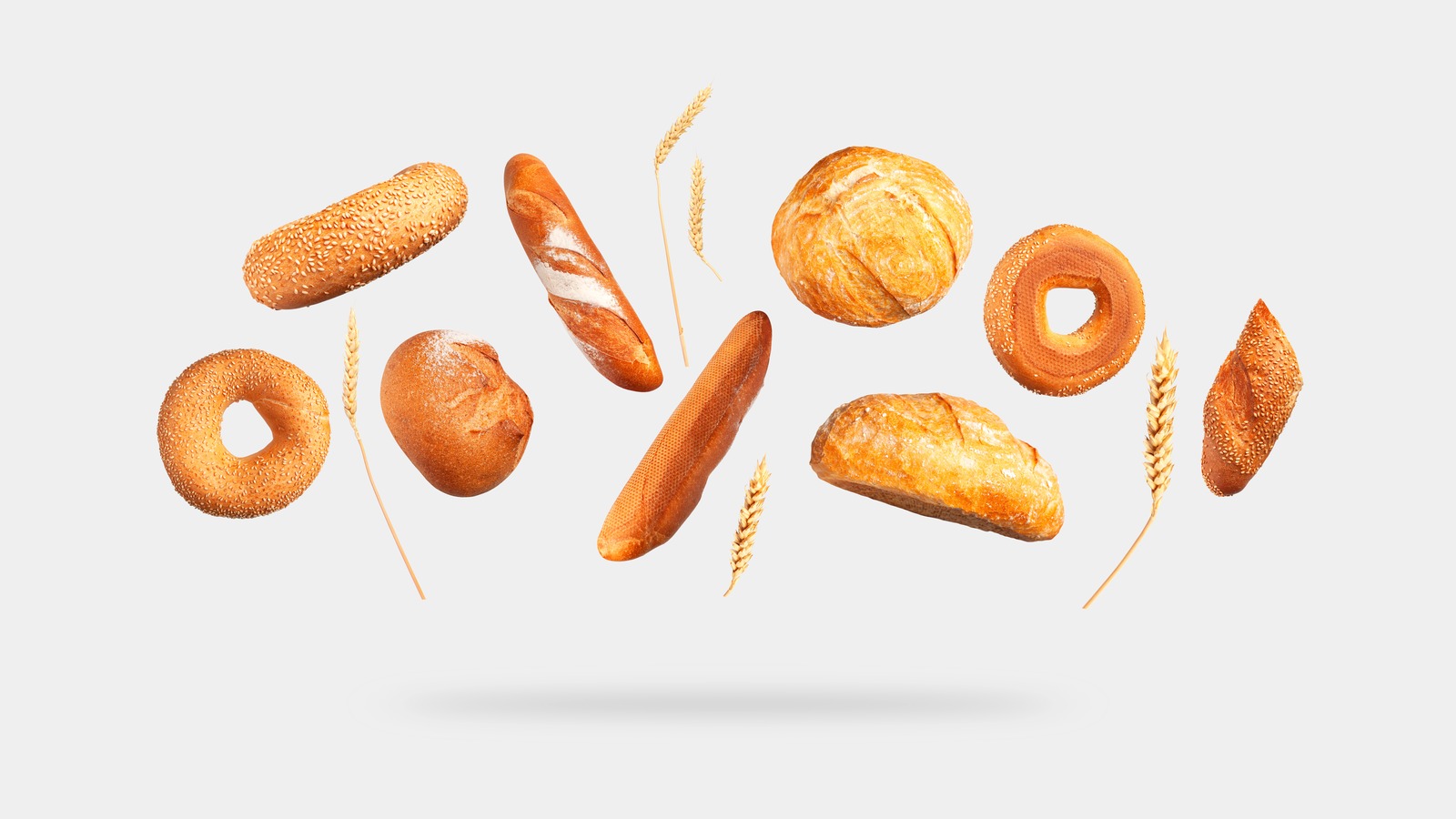30 Types Of Bread, Explained - Tasting Table

According to King Arthur Baking Company, a culture of bacteria is critical to forming sourdough bread. The bacteria, which are found naturally in the flour and on almost all kitchen surfaces, feed on a mixture of flour and water — this mixture is referred to as a sourdough starter. Once the yeast settles and starts to eat the starches in the starter, it produces carbon dioxide bubbles (the distinctive flavor of sourdough bread). The exact flavor of the sourdough is dependent on the types of wild yeast present and the type of flour used in the starter.
Making your own sourdough starter at home is easy. To start, mix 1 cup of flour with ½ cup of warm water in a glass. Cover with a light cloth. King Arthur Baking Company recommends using whole wheat flour, like pumpernickel or whole wheat, because it is more likely to house a rich collection of wild yeasts. The mixture needs to remain in a warm environment to stimulate growth. After 24 hours, discard ½ of the mix, add 1 cup of all-purpose flour, and pour in ½ cup of lukewarm water. Stir, cover, and repeat for the next two-to-three days. By the fifth day, you should be able to change the mixture every 12 hours.
The sourdough is "ripe" when it doubles in size every six-to-eight hours and appears bubbly. Use the discarded sourdough for bread recipes, bagels, or pancakes.
Comments
Post a Comment